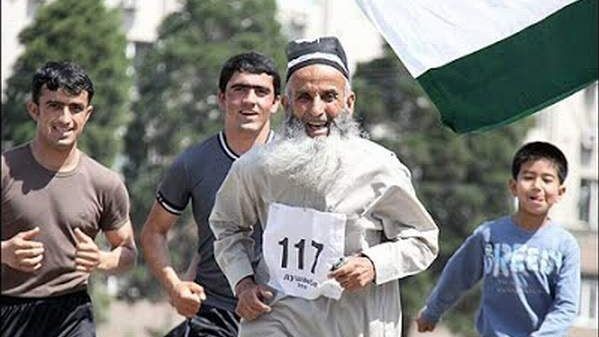According to the statistical data from the Ministry of Health and Social Protection of the Population (MoHSPP) that were presented at a conference in Dushanbe in late October, more than 500,000 elderly people live in Tajikistan, which is almost 6.0 percent of the total population of the country. More than 56,000 of them are reportedly over 80 years old, which is 11.2 percent of the total number of elderly people in Tajikistan.
The mentioned conference was held to discuss problems facing gerontology service and people with limited opportunities.
As it was noted at the conference, an average life expectancy at birth in Tajikistan last year was 75.1 years. That year, the life expectancy for women was 76.8 years and for men 73.5 years.
The analysis shows that life expectancy in rural areas is higher than in urban areas by 5.2 percent. In rural areas, the average life expectancy is reportedly 76.1 percent: the life expectancy for women is 77.7 years and for men 74.6 years.
In 2000, the average life expectancy in Tajikistan was 68.2 years and in 2011, the average life expectancy in Tajikistan reportedly increased to 72.5 percent.
According to forecasts, the number of people over 60 years old will increase in Tajikistan by 2030 and will make up more than 11.5% of the country's population that can cause certain problems and require urgent solutions.
According to UN experts, the world life expectancy increased by twenty years during the 20th century and it is expected to increase by further ten years in 2050 and the total number of elderly people in the world will be more than 2 billion. The result of this process will be the fact that for the first time in human history, the number of elderly people (people over 60 years old) will be equal to the number of 15-year-olds.







